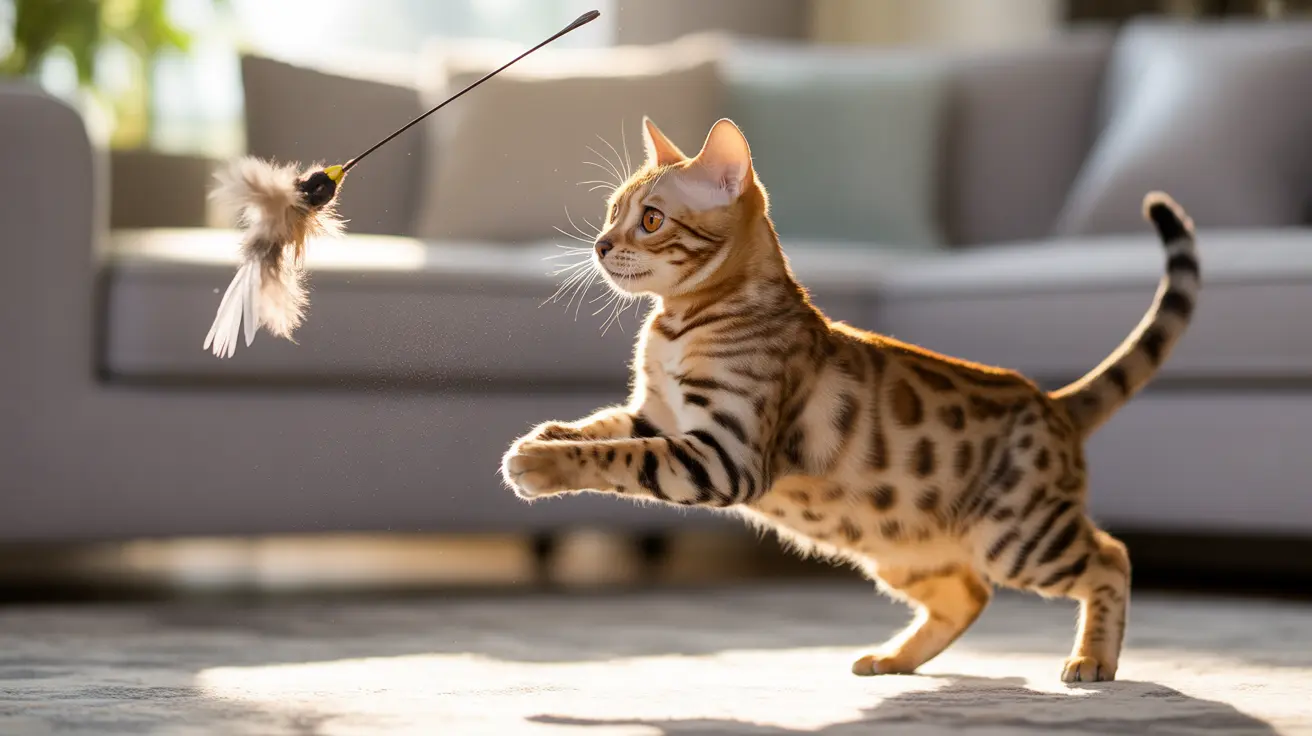Cat Training Tips to Transform Your Pet’s Behavior

Table of Contents
Felines, often revered for their independence and mystique, are not beyond the reach of behavioral refinement. While many pet owners resign themselves to the notion that cats are untrainable, the truth is far more nuanced. With the right approach, patience, and understanding of feline psychology, one can cultivate a harmonious relationship built on mutual respect and clear boundaries. This guide offers cat training tips designed to elevate your pet’s behavior from chaotic to composed, fostering a more tranquil home environment.
Understanding Feline Cognition
Cats possess a unique cognitive framework that differs markedly from their canine counterparts. Their learning is driven by curiosity, environmental stimuli, and self-interest rather than a desire to please. This necessitates a training methodology that aligns with their intrinsic motivations. Positive reinforcement, environmental enrichment, and consistency are the cornerstones of effective behavioral modification.
Unlike dogs, cats respond poorly to punitive measures. Instead, they flourish when rewarded for desirable actions—be it a morsel of freeze-dried salmon or a gentle stroke along the spine. The key lies in identifying what your cat values and leveraging it to shape behavior.
Establishing Foundational Routines
Routine is the scaffolding upon which feline behavior is built. Cats are creatures of habit, and a predictable schedule can mitigate anxiety and reduce erratic conduct. Feeding times, play sessions, and litter box maintenance should occur at consistent intervals. This predictability fosters a sense of security, which in turn encourages more cooperative behavior.
Moreover, spatial consistency is equally vital. Cats thrive in environments where their territory is clearly defined. Designating specific zones for feeding, sleeping, and toileting can reduce territorial disputes and prevent undesirable behaviors such as spraying or scratching furniture.
Redirecting Destructive Tendencies
Scratching, biting, and nocturnal vocalizations are among the most common grievances voiced by cat owners. These behaviors, while natural, can be redirected through strategic interventions. For instance, scratching posts infused with catnip can lure your feline away from the upholstery. Similarly, interactive toys can channel predatory instincts into constructive play.
In cases of aggression, identifying the trigger is paramount. Whether it’s overstimulation, fear, or resource guarding, understanding the root cause allows for targeted solutions. Techniques such as clicker training, desensitization, and counter-conditioning have proven effective in mitigating aggressive outbursts.
Enhancing Communication Through Cues
Cats communicate through a rich tapestry of vocalizations, body language, and scent marking. Learning to interpret these signals can dramatically improve training outcomes. A flicking tail, flattened ears, or dilated pupils are indicators of stress or agitation. Conversely, slow blinking and kneading denote comfort and trust.
Incorporating verbal cues and hand signals into your training regimen can foster clearer communication. Simple commands like “sit,” “stay,” or “come” can be taught using repetition and rewards. Over time, your cat will associate these cues with specific actions, allowing for greater control and predictability.
Socialization and Environmental Enrichment
Early socialization plays a pivotal role in shaping a cat’s temperament. Kittens exposed to a variety of stimuli—people, sounds, textures—are more likely to develop into well-adjusted adults. However, even older cats can benefit from gradual exposure to new experiences.
Environmental enrichment is equally essential. Puzzle feeders, climbing structures, and window perches stimulate the mind and body, reducing boredom-induced misbehavior. Rotating toys and introducing novel scents can keep your cat engaged and mentally agile.
Addressing Litter Box Challenges
Litter box aversion is a multifaceted issue often rooted in environmental dissatisfaction. Factors such as box cleanliness, substrate type, and location can influence usage. Ensuring the box is scooped daily, placed in a quiet area, and filled with a preferred litter can resolve most issues.
For multi-cat households, the general rule is one box per cat plus one extra. This prevents territorial disputes and ensures accessibility. If problems persist, a veterinary consultation may be necessary to rule out underlying medical conditions.
Reinforcing Positive Behavior
Reinforcement is the linchpin of successful training. When your cat exhibits desirable behavior—such as using the scratching post or responding to a cue—immediate rewards should follow. These can include treats, praise, or playtime. The immediacy of the reward strengthens the association between action and outcome.
Consistency is critical. All household members should adhere to the same training protocols to avoid confusion. Mixed signals can undermine progress and lead to regression. Establishing a unified approach ensures clarity and accelerates behavioral transformation.
Navigating Behavioral Regression
Regression is not uncommon, particularly during periods of stress or environmental change. Moving homes, introducing new pets, or altering routines can trigger a return to undesirable behaviors. In such cases, revisiting foundational training principles is advised.
Patience and empathy are essential. Punishment will only exacerbate the issue, eroding trust and increasing anxiety. Instead, reinforce positive behaviors, re-establish routines, and provide ample enrichment to ease the transition.
Transforming feline behavior is a journey marked by subtle victories and occasional setbacks. It demands a blend of scientific understanding, emotional intelligence, and unwavering commitment. By embracing a holistic approach—one that honors the cat’s autonomy while guiding its actions—you can cultivate a relationship that is both enriching and enduring.


